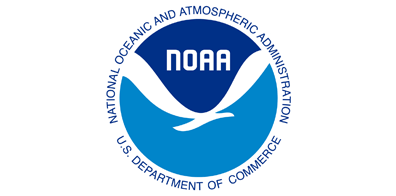Using Flow Cytometry to Quantify Harmful Algal Blooms: Why are there times when some HABs not “Harmful”?
Algal blooms are a naturally occurring event in response to dynamic shifts in an aquatic environment; however unnatural elevated nutrient inputs into a watershed can result in excessive and more frequent algal blooms. Harmful algal blooms (HABs) create a human health concern due to the release of toxins that can affect those that recreate or […]



